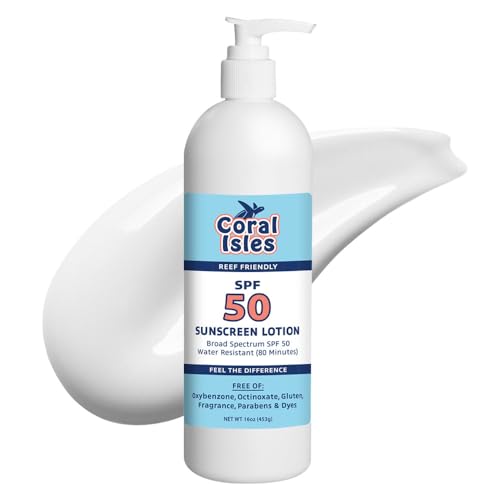Detri said:
Is there anyway you could show a pic and point out the geographical diffrences between some Amphiprion percula?
Hello Detri. I apologize for the late reply for those who are following in. I will provide photos, however, they are not my photos and have not asked permission to use them yet, so I will post them when i get the 'ok'. I do keep a couple pairs of Ocellaris now, but currently do not have a pair of true perculas.
I will clarify the different variants of
Amphiprion percula. Basically there are three different major strains:
- Normal (basic type) variant
- SI (Solomon Island) Black variant
- Onyx variant
Normal variant
This variant found in a large vast area in the SE Asian waters and South Pacific. Mostly, the ones you see at the local fish stores are from Solomon Islands (SI) or Papua New Guinea (close to Irian Jaya, the Indonesian side of the island). The ones originating from Solomon Islands are more orangish/reddish coloration, while the ones from Papua are orange to orange-yellowish. There will be some black bordering the white bars. You can differentiate the normal variant with an
Amphiprion ocellaris by looking at the eyes. True percula eyes have a bright orange ring around it. In ocellaris clown, the eyes are muddy with an outer ring that matches closely to the body coloration.
SI (Solomon Island) Black variant
Here is where it can get fuzzy, and here I am definitely on the stricter side when talking about the next two variants, for one, because they are much more uncommon than the 'normal variant', and two, because what one person calls a certain variant, may not be what another person believes it is.
The SI Black has complete black between head bar and tail bar and in between the middle bar. The other body coloration is reddish, reminiscent of true perculas coming from this area. The spiny and soft dorsal fins (anterior and posterior) are not necessarily black and do not have to be black/gray. The face and snout will be of the reddish-orange coloration in addition to the tail coloration, although the black outer areas of the tail will still exist. Again, it is not necessary for black to go into the tail area.
Onyx variant
Again, the lines are fuzzy, but I tend to be even more strict. There are similarities between the SI Black and the Onyx variants. The closest similarities are the requirement that the body is all black in between the head bar and the tail bar and the middle stripe. To be strict, and following those who first coined the term 'onyx', the spiny dorsal fin (the first dorsal fin) must be black as well. More often, the face and tail will include black as well, and the snout will remain an orange-yellow color. A difference between the two variants is that the SI Black has a reddish-orange coloration, while the Onyx variant will have the orange-yellowish type. What makes it even fuzzier is the fact that not all reddish-orange true perculas come from Solomon Islands, and not all yellowish-orange true perculas come from Papua New Guinea. So to be sure where your pair is coming from, ask for the origin from your LFS, online retailer, and/or breeder.
The key thing is ALL black between the white bars. That is the bare minimum for 'Onyx', and is not being 'strict' at all.
I will answer more questions to come.
Best,
Ilham
 That typing class was probably the most useful class I ever took in terms of getting a job. Course my "career" has consisted of low wage data entry, retail and food service...
That typing class was probably the most useful class I ever took in terms of getting a job. Course my "career" has consisted of low wage data entry, retail and food service...

































































